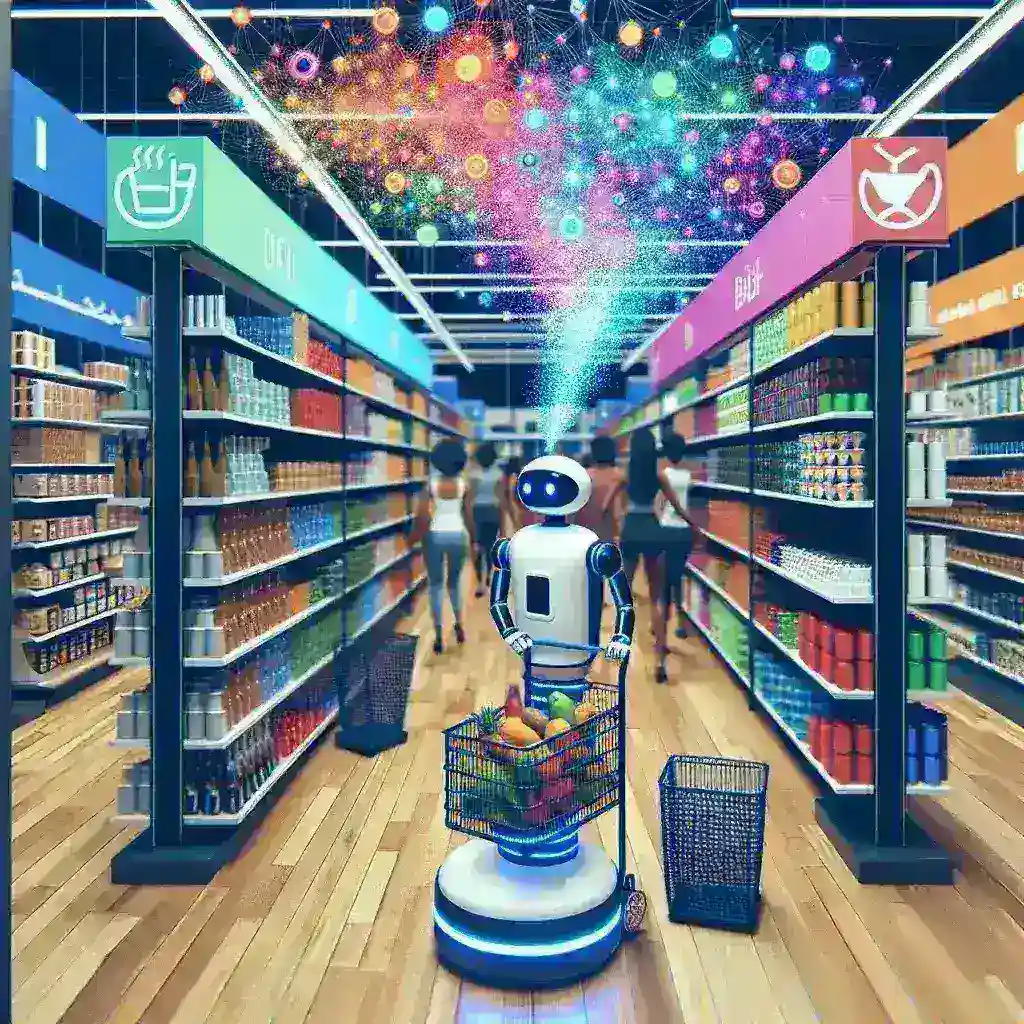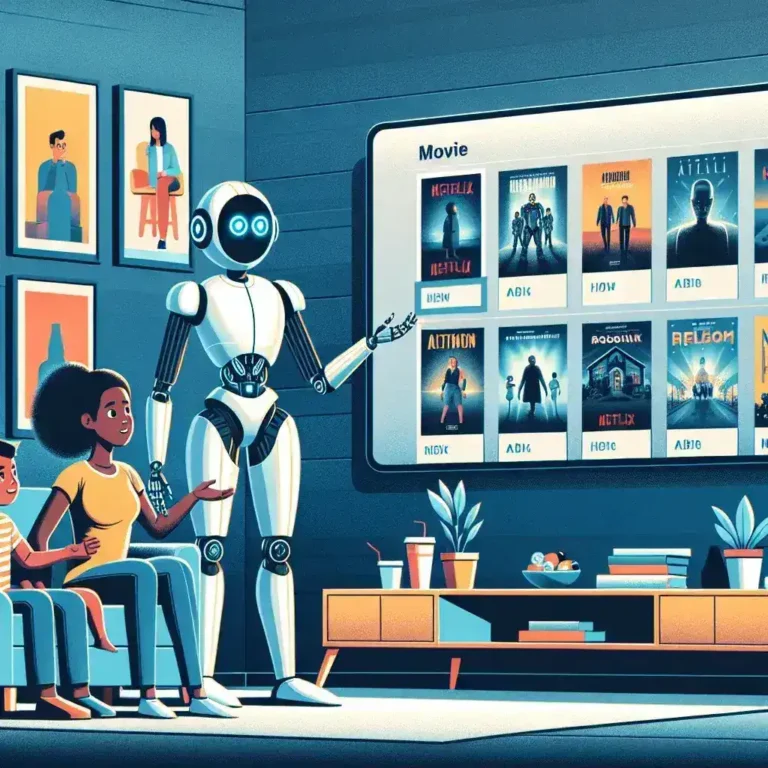Introduction
In an increasingly competitive retail landscape, companies are leveraging advanced technologies to streamline operations and enhance customer satisfaction. One of the latest innovations making waves in the industry is the implementation of AI powered emergency restocking systems. Target, a leading retail giant in the U.S., is piloting these systems across various regions to tackle supply chain challenges and ensure that products are always available when customers need them.
The Need for Emergency Restocking Systems
The retail industry has seen significant shifts in consumer behavior, particularly due to the rise of e-commerce and the demand for instant gratification. Shoppers expect to find their desired products readily available, and any disruption in supply can lead to frustration and lost sales. Emergency restocking systems are crucial in mitigating these issues, particularly during peak shopping seasons, unexpected demand surges, or supply chain disruptions.
Challenges in Traditional Restocking Methods
Traditional restocking methods often rely on manual inventory checks and reactive ordering processes. These approaches can create delays, leading to empty shelves and dissatisfied customers. Moreover, with the complexities of modern supply chains, predicting demand accurately can be challenging. This has prompted retailers like Target to explore AI technologies that promise to revolutionize restocking practices.
How Target is Implementing AI Solutions
Target’s pilot program for AI powered emergency restocking systems involves the use of machine learning algorithms and data analytics to predict product demand in real-time. By harnessing vast amounts of data from sales history, seasonal trends, and even social media activity, Target aims to optimize inventory levels and improve restocking efficiency.
Key Features of the AI Powered System
- Real-Time Data Analysis: The system continuously analyzes sales data to identify patterns and predict inventory needs accurately.
- Automated Ordering: Once demand is forecasted, the system can automatically place orders with suppliers, reducing the need for manual intervention.
- Dynamic Inventory Management: The AI system adjusts inventory levels dynamically, ensuring that popular items remain in stock.
- Customer Insights: By analyzing customer behavior, Target can make informed decisions about which products to prioritize for restocking.
Benefits of AI Powered Emergency Restocking
Enhanced Efficiency
One of the most significant advantages of adopting AI in restocking is enhanced operational efficiency. Automated processes reduce the time spent on manual inventory checks and ordering, allowing employees to focus on other essential tasks that contribute to customer service.
Improved Customer Experience
With reliable stock levels, customers are less likely to encounter empty shelves or delays in product availability. A positive shopping experience can lead to increased customer loyalty and repeat business.
Cost Savings
By optimizing inventory levels, Target can minimize overstock situations, reducing waste and markdowns on unsold products. Additionally, automated ordering can lead to better negotiation terms with suppliers, ultimately resulting in cost savings.
Challenges and Considerations
Data Privacy and Security
Implementing AI technologies raises concerns about data privacy and security. Target must ensure that customer data is handled responsibly and in compliance with regulations to maintain trust.
Integration with Existing Systems
Integrating AI systems with existing supply chain infrastructure can be complex. Target will need to invest in training and development to ensure a smooth transition and maximize the potential of the new technology.
Future Predictions
The pilot program is just the beginning of Target’s journey into AI powered inventory management. If successful, it could set a precedent for the entire retail industry. As AI technology continues to evolve, we can expect even more sophisticated systems that not only predict demand but also suggest product placement, optimize pricing strategies, and personalize marketing efforts.
Conclusion
Target’s initiative to pilot AI powered emergency restocking systems represents a significant step towards the future of retail. By embracing technology to enhance operational efficiency and improve customer experience, Target is positioning itself as a leader in the industry. As the pilot progresses, it will be fascinating to observe the outcomes and potential lessons learned that could benefit retailers worldwide.
Call to Action
To stay updated on Target’s developments and innovations in retail technology, be sure to follow their official channels and news releases. The future of shopping is evolving, and Target is at the forefront of this revolution.



